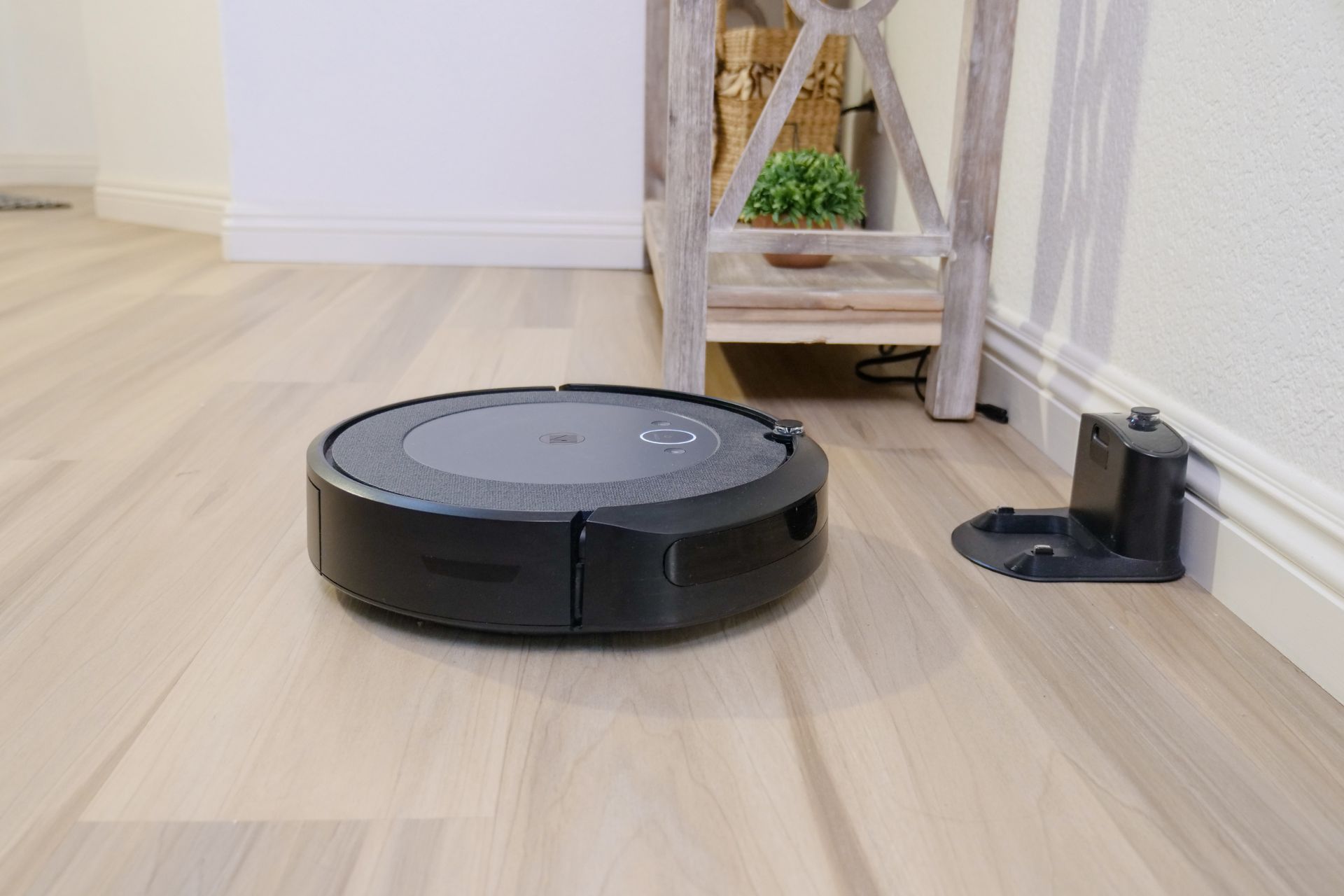Introduction: How Many Sensors are There in a Robotic Vacuum Cleaner?
One of the most common questions among smart home enthusiasts is: how many sensors are there in a robotic vacuum cleaner? Unlike traditional vacuums, robotic vacuums rely on advanced technology to navigate your home, avoid obstacles, and clean effectively without human control. Sensors are the brain and eyes of these devices, enabling them to function intelligently.
In this article, we’ll break down the types of sensors robotic vacuums use, their importance, how many sensors are typically built into different models, and how this impacts cleaning efficiency.

The Role of Sensors in Robotic Vacuum Cleaners
Before answering how many sensors are there in a robotic vacuum cleaner, it’s essential to understand why they are so important.
- Navigation: Sensors help the vacuum map your home.
- Obstacle detection: They prevent collisions with walls or furniture.
- Safety: Prevents the vacuum from falling off stairs.
- Efficiency: Sensors optimize cleaning paths to save time and battery.
Without sensors, a robotic vacuum would be nothing more than a random-moving device.
Types of Sensors in a Robotic Vacuum Cleaner
To truly answer how many sensors are there in a robotic vacuum cleaner, let’s look at the main types used across different models.
1. Cliff Sensors
- Detects drop-offs like stairs.
- Uses infrared signals to prevent falls.
2. Obstacle Sensors
- Recognize furniture, toys, or walls.
- Help the vacuum slow down or reroute.
3. Wall Sensors
- Allow the vacuum to follow along edges and walls.
- Ensures corners and baseboards are cleaned.
4. Bump Sensors
- Detects physical contact with objects.
- Used as a backup to other navigation sensors.
5. Dirt Sensors
- Found in premium models like Roomba.
- Detect high-dirt areas to focus extra cleaning power.
6. Gyroscope and Accelerometer Sensors
- Help determine the robot’s orientation.
- Used for precise mapping and straight-line navigation.
7. Camera and Visual Sensors
- Used in advanced mapping vacuums.
- Allow real-time recognition of furniture layouts.
8. LiDAR Sensors
- Provide laser-based 360-degree mapping.
- Creates detailed maps for efficient cleaning routes.
How Many Sensors Are There in a Robotic Vacuum Cleaner?
Now, the main question: how many sensors are there in a robotic vacuum cleaner?
- Basic Models: Usually 4–6 sensors (cliff, obstacle, bump, wall sensors).
- Mid-Range Models: Around 8–12 sensors, often with gyroscopes and dirt sensors.
- High-End Models: 12–20+ sensors, including LiDAR, cameras, and advanced motion tracking.
So, depending on the brand and price, the number of sensors can range from 4 to 20 or more.
Examples of Sensor Use in Popular Robotic Vacuums
iRobot Roomba
- Uses cliff sensors, dirt detection, wall sensors, and bump sensors.
- Premium versions include camera navigation and vSLAM mapping.
Roborock
- Equipped with LiDAR sensors for advanced room mapping.
- Includes gyroscopes and accelerometers for navigation.
Eufy RoboVac
- Focuses on affordability with basic cliff and obstacle sensors.
- Great for smaller homes without complicated layouts.
Ecovacs Deebot
- Uses multiple sensors plus AI-powered cameras.
- Designed for homes with pets and mixed flooring.
Why the Number of Sensors Matters
The question how many sensors are there in a robotic vacuum cleaner is directly tied to performance.
- More sensors = better navigation.
- More sensors = fewer collisions.
- More sensors = efficient cleaning.
For example, a vacuum with LiDAR can clean in organized rows, while a basic model may wander randomly.
Do More Sensors Mean a Better Robotic Vacuum?
Not always. Here’s why:
- Budget factor: More sensors mean higher cost.
- Home size: Small apartments don’t need advanced LiDAR mapping.
- Floor type: Carpets may benefit from dirt sensors, while hardwood floors need edge sensors.
So, the answer depends on your home environment and needs.
Maintenance of Robotic Vacuum Sensors
Knowing how many sensors are there in a robotic vacuum cleaner is not enough—you also need to maintain them.
- Wipe sensors weekly with a microfiber cloth.
- Check for dust buildup that can block infrared signals.
- Update firmware if your vacuum uses smart mapping.
Proper maintenance ensures sensors remain accurate and effective.
Common Problems with Robotic Vacuum Sensors
Even the best robotic vacuums face issues:
- Cliff sensors malfunction: The vacuum avoids cleaning stairs too early.
- Obstacle sensors fail: Robot crashes into furniture.
- Dust on sensors: Leads to poor navigation.
- Outdated software: Reduces mapping efficiency.
These problems highlight why sensor care is essential.
FAQs: How Many Sensors Are There in a Robotic Vacuum Cleaner?
- How many sensors are in a budget robotic vacuum?
Usually 4–6, covering basic navigation and cliff detection. - How many sensors are in premium robotic vacuums?
Up to 20, including LiDAR and cameras. - Which sensors are most important?
Cliff sensors (for safety) and obstacle sensors (for navigation). - Do all robotic vacuums have LiDAR?
No, only high-end models. Budget versions use infrared sensors instead. - Can I clean robotic vacuum sensors myself?
Yes, gently wipe them with a soft cloth to prevent dust interference.
Conclusion: How Many Sensors Are There in a Robotic Vacuum Cleaner?
So, how many sensors are there in a robotic vacuum cleaner? The answer ranges from 4 in basic models to 20 or more in high-end versions. Each sensor type—cliff, obstacle, wall, dirt, LiDAR, and camera—plays a unique role in making your robotic vacuum smarter, safer, and more efficient.
When choosing a robotic vacuum, balance your needs and budget with the number of sensors included. Remember, more sensors improve navigation, but proper care and maintenance ensure they continue working at their best.
